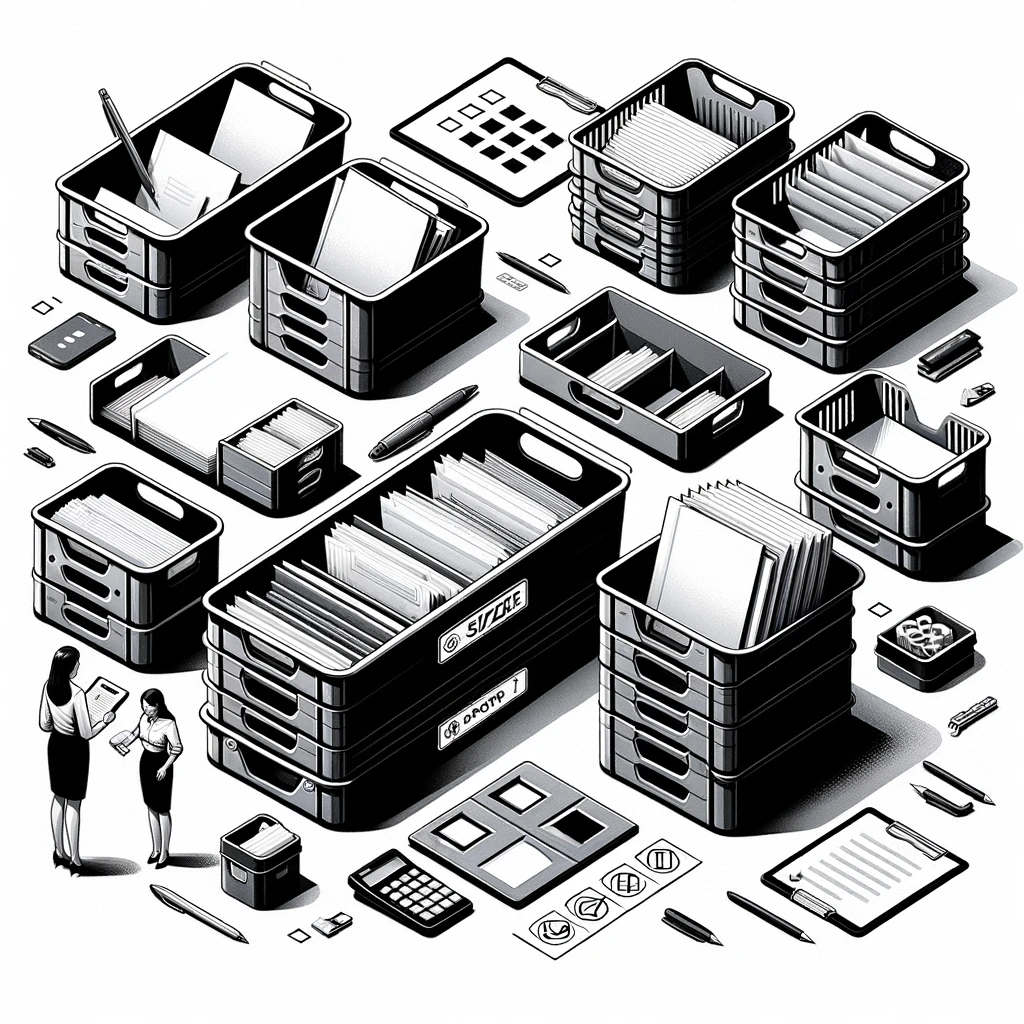Ergonomics and Accessibility
When choosing paper trays, it is essential to consider the ergonomics and accessibility features they offer. Assessing the ease of access and loading process of the paper trays is crucial for ensuring user convenience. Look for trays that allow for smooth insertion and removal of paper without causing strain on the user's hands or wrists. A tray that is at a comfortable height and angle can also contribute to better ergonomics in the workspace, reducing the risk of repetitive strain injuries.
Additionally, take into account any special needs or preferences of the users who will be interacting with the paper trays. For instance, individuals with mobility issues may require trays with larger handles or grips for easy manipulation. Considering accessibility features can make a significant difference in the overall usability of the trays in a diverse office environment. By prioritizing ergonomics and accessibility in your selection process, you can enhance the user experience and promote a more efficient workflow.
Assess the paper trays' ease of access and loading process for user convenience.
When selecting paper trays, it is crucial to evaluate the ease of access and loading process to ensure user convenience. The design of the trays should allow for seamless retrieval and insertion of paper without any complicated or time-consuming procedures. Users should be able to effortlessly access the trays and load them with paper without facing any obstacles or difficulties. This aspect significantly enhances productivity and efficiency in any work environment where paper trays are utilized.
The loading process of the paper trays should be intuitive and straightforward, requiring minimal effort from the users. A well-designed paper tray would have features that facilitate quick and hassle-free loading, such as adjustable sliders or guides that can accommodate different paper sizes. By considering the ease of access and loading process when choosing paper trays, users can streamline their workflow and focus on their tasks without being hindered by cumbersome paper handling procedures.
Paper Tray Material
When deciding on the material for your paper trays, it is important to consider both durability and aesthetics. Plastic trays are generally lighter and more affordable than metal ones. They come in a variety of colors and styles, making it easier to match them with your workspace decor. However, plastic trays may be more prone to wear and tear over time, especially if heavy usage is expected.
On the other hand, metal trays are known for their sturdiness and long-lasting nature. They can withstand heavier loads of paper without warping or bending, making them a reliable option for high-volume printing environments. While metal trays may be more expensive upfront, their durability often proves to be a cost-effective choice in the long run. Ultimately, the decision between plastic and metal trays will depend on your specific needs and preferences.
Choose between plastic and metal trays based on durability and aesthetic preferences.
When choosing between plastic and metal paper trays, durability and aesthetic preferences play a significant role. Plastic trays are lightweight and often more affordable compared to metal trays. They are ideal for environments where the risk of damage is minimal, and aesthetics are less of a concern. However, suppose durability is your top priority and you are looking for a sleek, professional appearance. In that case, metal trays may be the better choice.
Metal trays offer a more robust construction, making them suitable for high-traffic areas or environments where the paper trays are frequently accessed. Additionally, metal trays often have a more sophisticated look that can elevate the overall appearance of your workspace. Consider the longevity and visual appeal you desire when deciding between plastic and metal paper trays for your specific needs.
Budget Considerations
Setting a budget is a crucial step in the decision-making process when purchasing paper trays. By establishing a clear budget, you can narrow down your options and focus on paper trays that align with your financial constraints. It's important to consider not only the upfront cost of the paper trays but also any potential long-term maintenance or replacement expenses that may arise.
Exploring different paper tray options within your price range enables you to find a balance between affordability and quality. While it's tempting to opt for the cheapest option available, it's essential to strike a balance between price and functionality. By conducting thorough research and comparing prices, you can make an informed decision that meets your budgetary restrictions and paper storage needs.
Set a budget and explore paper tray options within your price range.
When considering paper trays, setting a budget is a crucial initial step to ensure you explore options that align with your financial constraints. Paper trays can range in price from budget-friendly options to more premium choices, so determining your budget beforehand can help narrow your selection. By establishing a clear budget, you can focus on finding a paper tray that fits your financial parameters and meets your functional requirements.
Once you have set your budget, exploring paper tray options within your price range is essential. Take the time to research different brands, materials, and designs to find a paper tray that suits your needs. Consider factors such as tray capacity, material durability, and additional features to maximize the value of your purchase. By thoroughly examining the available options within your budget, you can make an informed decision and select a paper tray that is both practical and cost-effective.

